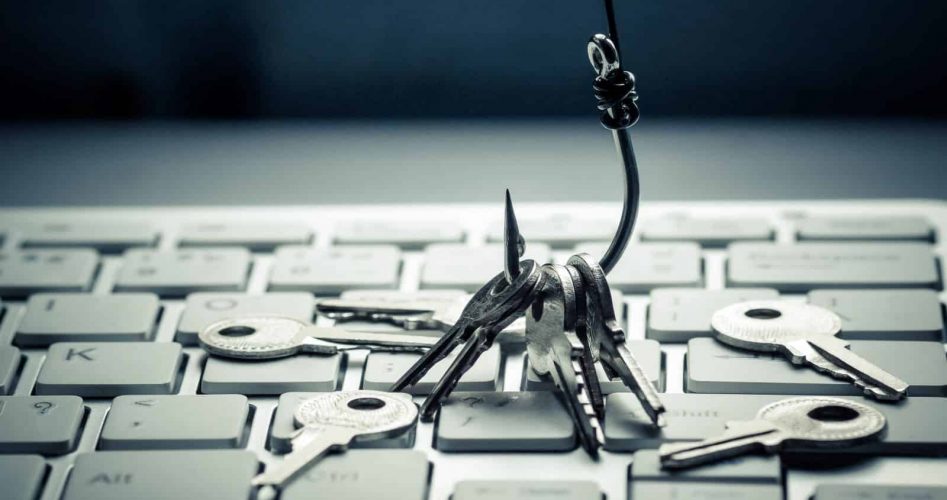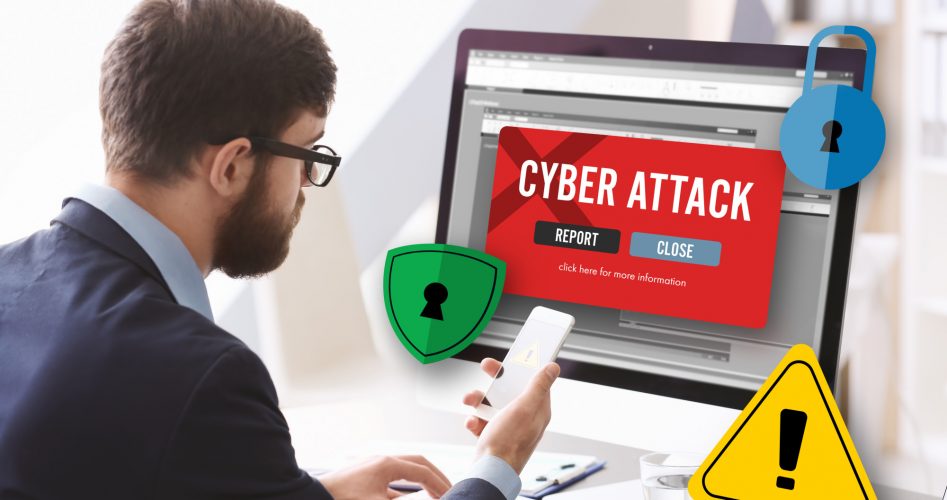Belly fat is hard to lose. Many people choose surgery as a way to get rid of this stubborn fat. But tummy tucks aren’t safe for everyone. Fortunately, there’s are some healthier ways to get rid of your belly of fat. Here are ten belly melting tips that work better than a tummy tuck.
Why is belly fat harmful?
Studies show that women who carry excess fat around their middle are at risk of early death from heart disease and cancer. But why is it so hard to lose your stubborn belly fat? Your abdominal fat cells are always busy producing hormones.
These hormones upset the natural hormonal balance of your body producing chemicals called cytokines. Cytokines raise your risk of heart disease. Your belly fat hormones change your body’s insulin levels and increase your blood pressure.
Belly fat, which is called visceral fat because of its location, is also linked to higher cholesterol. It raises your LDL, which is bad cholesterol and lowers your HDL, or your good cholesterol and makes you insulin resistant. Being insulin resistant means your muscles and liver cells aren’t responding correctly to insulin. This causes your glucose levels to up, making you more at risk for diabetes.
Are tummy tucks safe?
Like any major surgery, tummy tucks do carry risk. Studies suggest that tummy tucks aren’t safe for people with heart, lung problems, cirrhosis of the liver, or diabetes.
Also, if you smoke, it’s not a good idea to get a tummy tuck because smoking reduces the proper blood flow in your stomach area. Tummy tucks have potential side effects. These include
- Bleeding
- Numbness
- Infection
- Ugly healing
- Discoloration
- Scars
- Your skin gets loose again
- Vein problems
- Breathing or heart problems during surgery
- Pain
Melt your belly fat
Finding an alternative to surgery is always safer and can be just as effective. Here are ten belly fat melting tips to get rid of your belly fat safely.
Avoid sugary foods
Sugary foods like cookies, muffins, candy, frozen yogurts, flavored coffees, teas, and sugary sodas cause excess weight gain in your belly. Sugar is composed of part glucose and part fructose. Studies suggest that glucose and fructose cause different effects on your health.
Many foods today have sugar or high-fructose corn syrup. The glucose and fructose in sugar and high fructose corn syrup are broken down differently in your liver. The high-fructose corn syrup causes a reduced breakdown of food in your liver, while glucose seems to protect it.
Scientists aren’t quite sure if sugar is safer than high-fructose corn syrup on your health, but they know that eating a diet high in fat and fructose has an adverse effect on your health. You may be surprised how many foods are made with high fructose corn syrup. This choice is primarily because high fructose corn syrup is less expensive.
Here is a shortlist of foods with high fructose corn syrup
- Salad dressings
- Bread
- Ketchup
- Frozen foods
- Juice
- Granola bars
- Cereals
- Crackers
- Coffee creamer
- Processed oatmeal
- Deli meats
- Peanut butter
- Canned soups
Reduce your calories
You can’t spot-reduce to lose your belly. But if you reduce your overall calorie intake daily, you will lose belly fat, too. Don’t starve yourself, but reduce carbs and try eating more protein-rich foods. Eat more protein so you’ll feel fuller. Some people suggest if you cut 100 calories from your diet for 365 days, you’ll lose 10 pounds.
Intermittent fasting
Studies have found that intermittent fasting improves your overall health. It helps reduce your chances of obesity, diabetes, heart disease, and brain disorders. When you practice fasting, the main advantage is that it causes your body to change where it derives energy. You will get your energy from glucose stored in your liver. This affects your cells and organ functions by improving by overall glucose distribution and lowering your body’s stress and lowering inflammation. Fasting can help you slim down while your metabolism is working better.
One popular method of intermittent fasting is to fast for 14 to 16 hours a day, starting from the time you finish your meal at night until lunch the next day. You then eat for the next 8 to 10 hour period. During your fast, you can drink water, coffee, or seltzer water or anything without sugar. Of course, this fast isn’t an excuse to eat a bunch of junk foods or go way over your calorie intake. That won’t work, and you may gain weight. But doing an intermittent fast can boost your metabolism anywhere from 5 to 15%.
Do HIIT exercises
HIIT training involves short bursts of aerobic exercise, usually lasting no longer than 20 to 90 seconds. You take short breaks in between the HIIT exercises, but your body is still burning calories. Over time, add extra seconds to your HIIT exercises. HIIT revives up your metabolism to burn calories and belly fat.
Stomach strengthening exercise
Of course, besides reducing calories, the best way to melt belly fat is to do exercise to work your stomach muscles. Crunches are a great go-to exercise for fat burning in the tummy area. Add oblique exercise to your crunches by doing this exercise.
- These involve lying on your back, legs straight up, and crossed. With your hands behind your head, raise slowing, keeping your shoulders back, and your focus on the ceiling.
- When you raise, bend sideways to one side. Then lie back down. This is one.
- Repeat changing the sides you bend towards each time. After you’ve done 25, switch your crossed legs, so the leg that was on the bottom is on top.
You’ll feel the burn in your stomach, thighs, and shoulders. In no time, you’ll have a flatter belly better than any tummy tuck.
Up your fiber and protein
Fiber is plant parts that your body can’t digest completely. It moves through your stomach and small intestines then out of your body. There are two types of fiber: soluble and insoluble.
- Soluble fiber is gel-like. It lowers your blood cholesterol and glucose levels. You get soluble fiber from plant-based foods like oats, oranges, carrots, apples, and barley.
- Insoluble fiber moves digested foods through your body, so you have more regular bowel movements. It helps you avoid constipation. Whole wheat, nuts, green beans, potatoes, and cruciferous vegetables like cauliflower or broccoli have insoluble fiber.
One reputable study found that a diet high in fiber can boost your weight loss when you’re trying to lose weight. Besides eating a lot of fiber to lose belly fat, add healthy protein to your diet. Foods high in protein include the following:
- Tofu
- Beans
- Lean meats like chicken and fish
- Nuts
- Peanut butter
- Greek yogurt
- Quinoa
- Eggs
Walking
Walking is a great way to slim down. It’s like a natural tummy tuck. Fast walking, around 3 miles per hour, gives you a full-body workout, revs up your metabolism, and gets your heart pumping. Walking has so many benefits and requires so little to get started. Here are just a few benefits of fast walking.
- It’s free
- You’ll not need equipment, except for a good pair of walking shoes
- You can walk anywhere-while traveling for work, on vacation or around your block
- You can enjoy walking with others
If you eat a healthy diet and walk for at least 30 minutes a day at a fast pace, you will lose weight and reduce inches in your hips, legs, waist, and belly.
Maintain your weight
Maintaining your weight over a long period trims belly fat. Studies found many factors that contribute to your weight control, including your environment, family history, genetics, metabolism, and health habits. You can’t control your genetics or family history, but you can energize your metabolism with exercise and eat a healthy diet. Once you’ve reached your ideal weight, it’s essential to maintain your weight. Here are some suggestions on how to do this.
- Know what triggers unhealthy eating and find ways to offset them.
- Stick to your exercise routine. Exercise will help you maintain weight and stay mentally sharp. The endorphins released when you exercise lifts your mood. You’ll also have more energy when you exercise.
- Have a group of friends or family members who inspire you not to slip down into bad eating habits.
- Be accountable to yourself. Keep an eating journal to gauge your eating habits. Don’t fool yourself into thinking eating that extra helping of pasta is okay.
- Join a yoga class, jogging club, or another exercise group to stay inspired to live healthily.
Eat healthy carbs
Choose whole-grain carbs, called complex carbs, instead of simple carbs, which are low in fiber like white rice or white flour products. Complex carbs help your gut function better. Complex carbs include:
- Lentils
- Quinoa
- Beans-black, pinto, kidney
- Onions
- Oatmeal
- Spinach
- Whole wheat bread
- Sweet potatoes
Drink for a healthy belly
Reducing your alcohol intake to lower your belly fat. Also, avoid sugary juices or drinks that are high in caffeine. Instead, drink natural juices like celery juice, pineapple, or carrot juice. Choose mint or ginger teas hot or cold. Drinking green tea, the kind that is extracted, and a concentrate of catechins and caffeine may be helpful for weight loss. Plus, one study found that drinking as little as three teaspoons of vinegar every day helps you reduce your body weight.
Final Thoughts on Avoiding a Tummy Tuck with Healthy Lifestyle Upgrades
Before you go under the knife for a tummy tuck, consider natural alternatives that work just as well to reduce your belly fat. They’re safer, cost less, and you won’t experience adverse side effects.

























